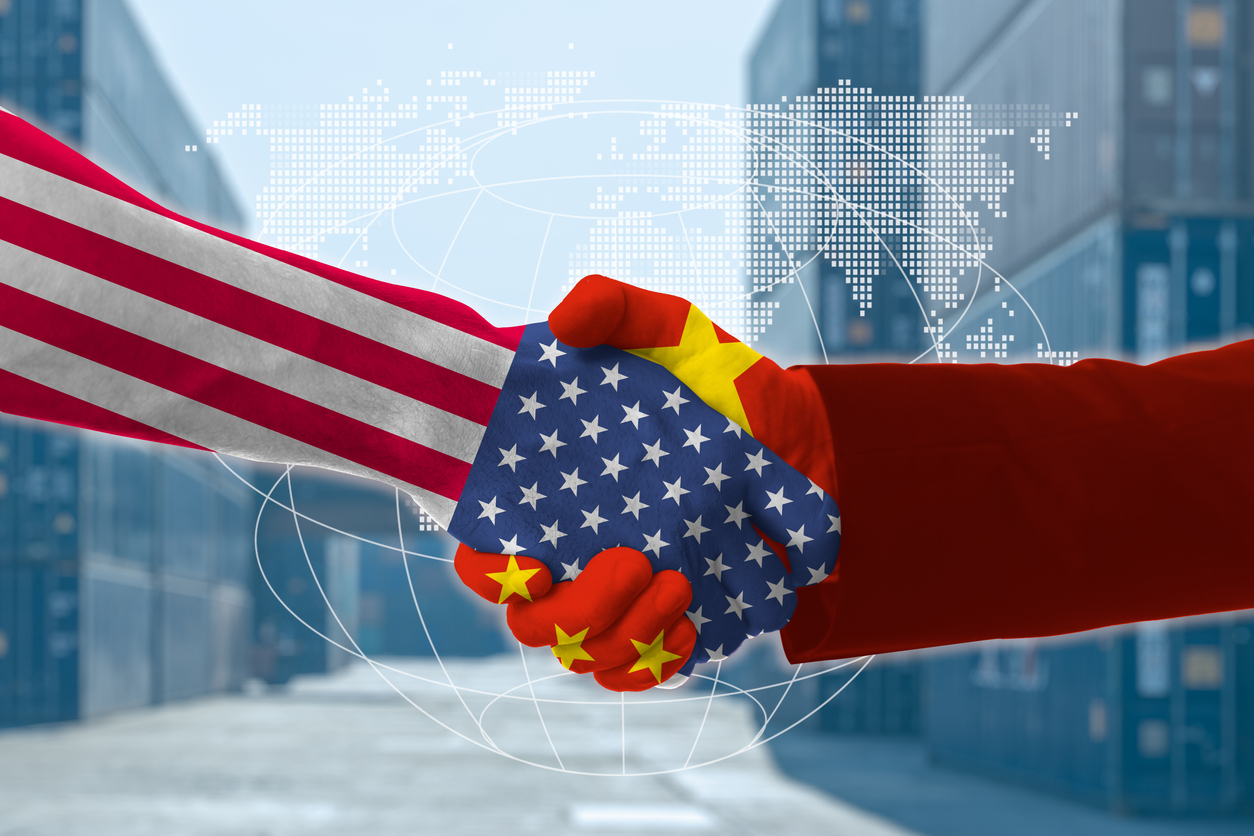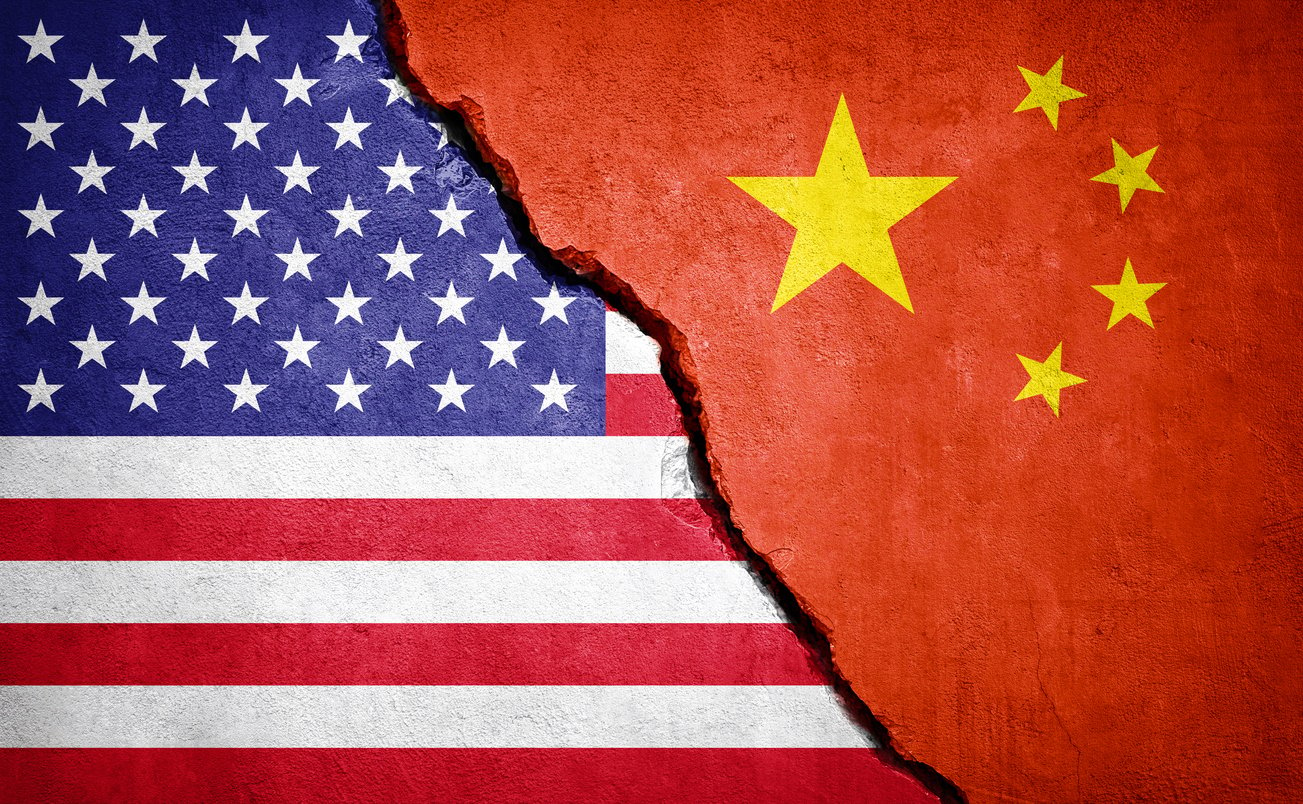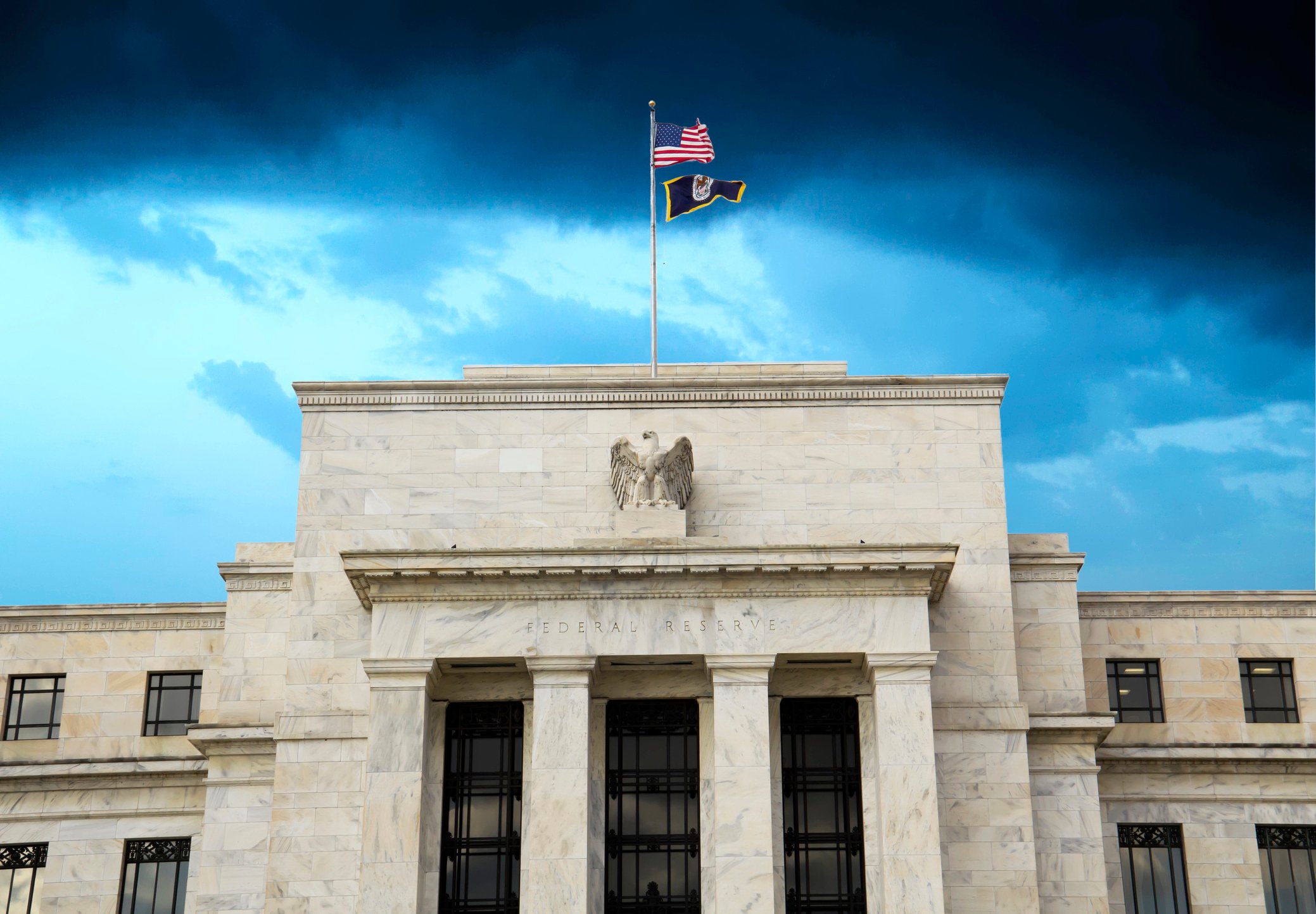The latest development in the US’s global trade policy was the announcement of a limited trade deal with the United Kingdom—signaling an incremental shift rather than a decisive pivot from protectionism. While the agreement has eased tariffs in a few targeted sectors, it leaves intact the broader 10% baseline tariff on global imports and fails to resolve critical trade disputes with other key partners such as China, the EU, and Canada. Trade negotiations are underway with China. As global negotiations remain fragmented and policy uncertainty persists, equity markets are navigating a foggy environment where sentiment swings are driven more by headlines than by fundamentals. This article unpacks the specifics of the US-UK deal, the broader international context, and what investors should expect going forward.
President Trump’s “breakthrough” trade agreement with the UK, announced this Thursday, offers limited tariff relief on select goods, including a reduction in US import duties on UK-made steel and aluminum to 0% and a cut in car tariffs from 27.5% to 10%, capped at 100,000 vehicles annually. In return, the UK will reduce barriers to US ethanol and agricultural exports and streamline customs procedures for American goods. However, the 10% blanket tariff on most UK goods remains in place, and unresolved issues—including pharmaceutical tariffs and the UK’s digital services tax on US tech firms—limit the agreement’s scope. Though the announcement briefly lifted market sentiment, many analysts view it as a symbolic political gesture rather than a meaningful economic breakthrough.
 Beyond the UK, the Trump administration’s broader tariff strategy remains a source of global tension. Trade talks with China over the weekend have been tough negotiations, and the “Mexican standoff” seems to have been resolved; however, only post the announcements can we know for sure. Meanwhile, negotiations with other key partners—including the European Union, Canada, Mexico, Japan, and South Korea—have stalled. The EU has signaled potential retaliatory measures, and while India has signed a separate deal with the UK, no concrete progress has been made with Washington. As uncertainty lingers, businesses remain wary of sudden shifts in trade policy, and central banks—like the Bank of England, which just cut rates—are bracing for economic fallout.
Beyond the UK, the Trump administration’s broader tariff strategy remains a source of global tension. Trade talks with China over the weekend have been tough negotiations, and the “Mexican standoff” seems to have been resolved; however, only post the announcements can we know for sure. Meanwhile, negotiations with other key partners—including the European Union, Canada, Mexico, Japan, and South Korea—have stalled. The EU has signaled potential retaliatory measures, and while India has signed a separate deal with the UK, no concrete progress has been made with Washington. As uncertainty lingers, businesses remain wary of sudden shifts in trade policy, and central banks—like the Bank of England, which just cut rates—are bracing for economic fallout.
From an investment standpoint, the equity market remains highly sensitive to trade developments but lacks a clear long-term trajectory amid ongoing policy unpredictability. The initial bump in equities following the US-UK deal reflected optimism that Trump might soften his protectionist stance, but as the limited scope became evident, gains faded. Sectors such as industrials and autos may benefit from tactical tariff exemptions, but broad-based risk appetite is constrained by macro headwinds, including slowing global growth, elevated inflationary pressures from tariffs, and murky central bank policy direction. Until comprehensive trade normalization or clarity on US strategy emerges, markets are likely to remain volatile, headline-driven, and range-bound, with select opportunities in globally diversified, pricing-power-resilient companies.
EXPLORE MORE POSTS
Navigating the New Macro Regime: Quantel’s October 2025 Results
Quantel's Premium Portfolios delivered another strong month in October 2025,...
Read Moreby Shyam Sreenivasan
Top 10 Tax Planning Strategies for Hni Commercial Brokers
High-net-worth commercial brokers stand at the intersection of deal-making and...
Read Moreby Irman Singh
Triple Shock Hits Wall Street: Liquidity, Shutdown, Sentiment
U.S. markets are falling due to liquidity stress, government shutdown...
Read Moreby Jerry Yuan
Keep More of What You Earn : Tax Strategies for Physicians
Physicians often find themselves in some of the highest effective tax brackets...
Read Moreby Irman Singh
Trump-Xi Truce in South Korea - A Fragile Pause for Markets
The U.S.–China truce cools trade tensions and supports risk appetite, but it’s...
Read Moreby Jerry Yuan
Intelligent Tax Planning for America’s Wealth Builders
by Irman Singh
Cooling Inflation Paves Way for Fed Cuts, Lifts Equity Sentiment
Cooling inflation data reinforced confidence in a soft-landing scenario,...
Read Moreby Jerry Yuan
Illiquidity: The Silent Constraint in HNwI's Portfolios
Why even substantial wealth can feel inaccessible — and how to design...
Read Moreby Irman Singh
Market Shaken by Renewed U.S. - China Tensions & Credit Fears
Renewed U.S.-China trade tensions and banking concerns triggered a sharp global...
Read Moreby Jerry Yuan
Why a Traditional Financial Advisor May Be Failing You ?
For decades, the traditional financial advisor has symbolized trust, expertise,...
Read Moreby Irman Singh
Fed Minutes Show Split Outlook: Rate Cuts Expected, but Inflation Maintains Caution
Divided Fed, uncertain path ahead — rate cuts are coming, but sticky inflation...
Read Moreby Jerry Yuan
From Insight to Execution: The Algo Way
Algorithmic investing, once the domain of hedge funds and prop desks, has...
Read Moreby Irman Singh
Drug Prices Drop, Pharma Faces a New Game
by Jerry Yuan
AI and Investing : Smarter Decisions, Sharper Insights
Artificial Intelligence (AI) is transforming the way investment decisions are...
Read Moreby Irman Singh
U.S. Tariffs Reshape Markets : Inflation, Supply Chains, and Equity Risks
by Jerry Yuan
The Overlooked Basics of Family Office
Family offices are created to simplify wealth management, protect assets, and...
Read Moreby Irman Singh
First Fed Cut in a Year: Growth Hopes, Softer Backdrop
The Fed’s first rate cut since 2024 signals a cautious pivot as growth stays...
Read Moreby Jerry Yuan
Smart Diversification for Today’s Economy
For high net worth (HNW) investors, diversification is not just about owning a...
Read More




















